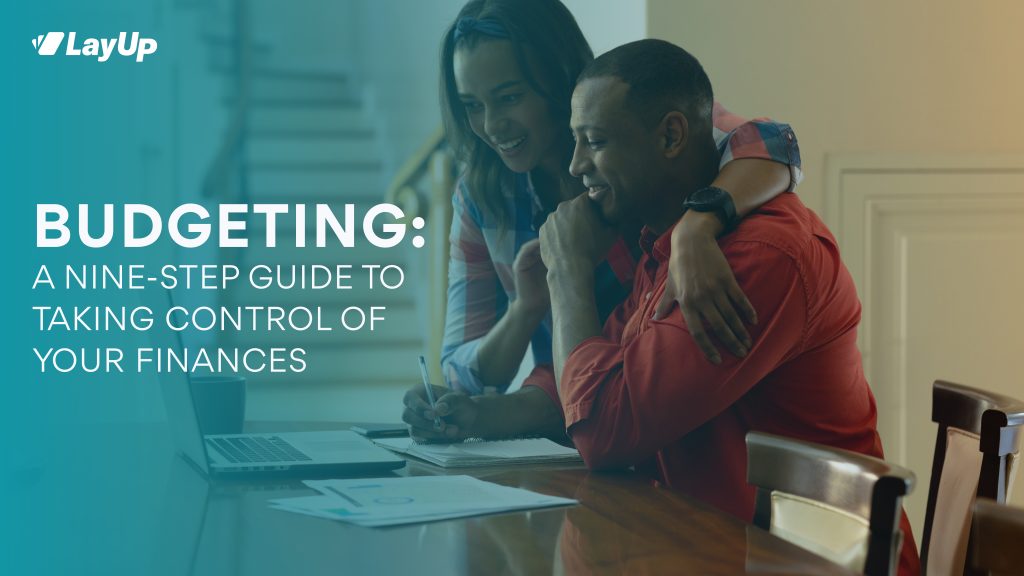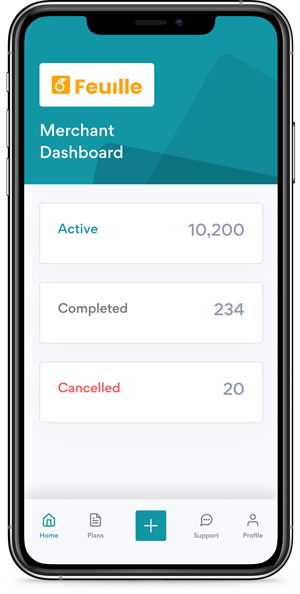Financial well-being and security is a goal most of us aspire to achieve. Whether it’s saving for a dream holiday, buying a home, or securing a comfortable retirement, budgeting is the foundational step towards taking control of your finances. In this nine-step guide, we’ll walk you through the process of budgeting to help you achieve your financial goals and secure a stable financial future.
Step 1: Set Clear Goals
The first and most crucial step in budgeting is defining your financial objectives. Ask yourself what you want to achieve in the short term – paying off debt, building an emergency fund – and long-term – retirement, buying a home. Having clear goals will provide you with a roadmap for your budget.
Step 2: Assess Your Current Financial Situation
Look closely at your income, expenses, assets, and liabilities. Gather all your financial statements, including pay slips, bank statements, credit card bills, and loan statements. Calculate your monthly income after taxes and your total monthly expenses. This will give you a clear picture of your financial health.
Step 3: Create a Detailed Budget
Now that you have a grasp of your financial situation, it’s time to create a budget. List all your sources of income and categorise your expenses into fixed (rent/mortgage, utilities) and variable (groceries, entertainment). Be thorough and include every expense, no matter how small.
Allocate a portion of your income to savings and debt repayment, making sure your budget balances with your income covering all expenses and savings.
Step 4: Track and Monitor Your Spending
Once your budget is in place, it’s essential to track your spending regularly. Use tools like budgeting apps or spreadsheets to record every expense. Monitoring your spending allows you to identify areas where you might be overspending and make necessary adjustments to stay on track with your financial goals.
READ MORE: The Pros and Cons of “Save Now, Buy Later”
Step 5: Adjust and Prioritize
As you continue tracking your spending, be ready to make adjustments to your budget. Life is dynamic, and unexpected expenses can arise. Prioritise your goals and allocate resources accordingly. If you find that you’re saving less than you’d like, consider cutting back on discretionary spending.
Step 6: Build an Emergency Fund
One of your top financial priorities should be building an emergency fund. Aim to save at least three to six months of living expenses. This fund acts as a financial safety net, providing peace of mind in case of unexpected events like medical emergencies or job loss.
Step 7: Pay Off Debt
Debt can be a significant barrier to financial freedom. Devote a portion of your budget to paying off high-interest debts, such as credit card balances or personal loans. Focus on the highest-interest debt first, while making minimum payments on the rest.
Step 8: Save and Invest for the Future
With your emergency fund in place and debt under control, it’s time to focus on saving and investing for the future. It’s vital to open a retirement account and contribute consistently. Diversify your investments to manage risk and maximise returns.
Step 9: Review and Adjust Periodically
Budgeting isn’t a one-time task; it’s an ongoing process. Review your budget regularly, ideally on a monthly basis. As your financial situation changes and you make progress toward your goals, adjust your budget accordingly.
Budgeting is the cornerstone of financial success. By following this step-by-step guide, you can take control of your finances, reduce stress, and work toward achieving your financial dreams. Remember that budgeting is a flexible tool that can adapt to your changing circumstances and income. With patience, discipline, and a clear vision of your goals, you can secure a stable financial future and enjoy the peace of mind that comes with financial control.
With LayUp, get the things you wish for without accumulating debt or going into credit. Achieve your wishes and objectives through planned, zero-interest payments.

